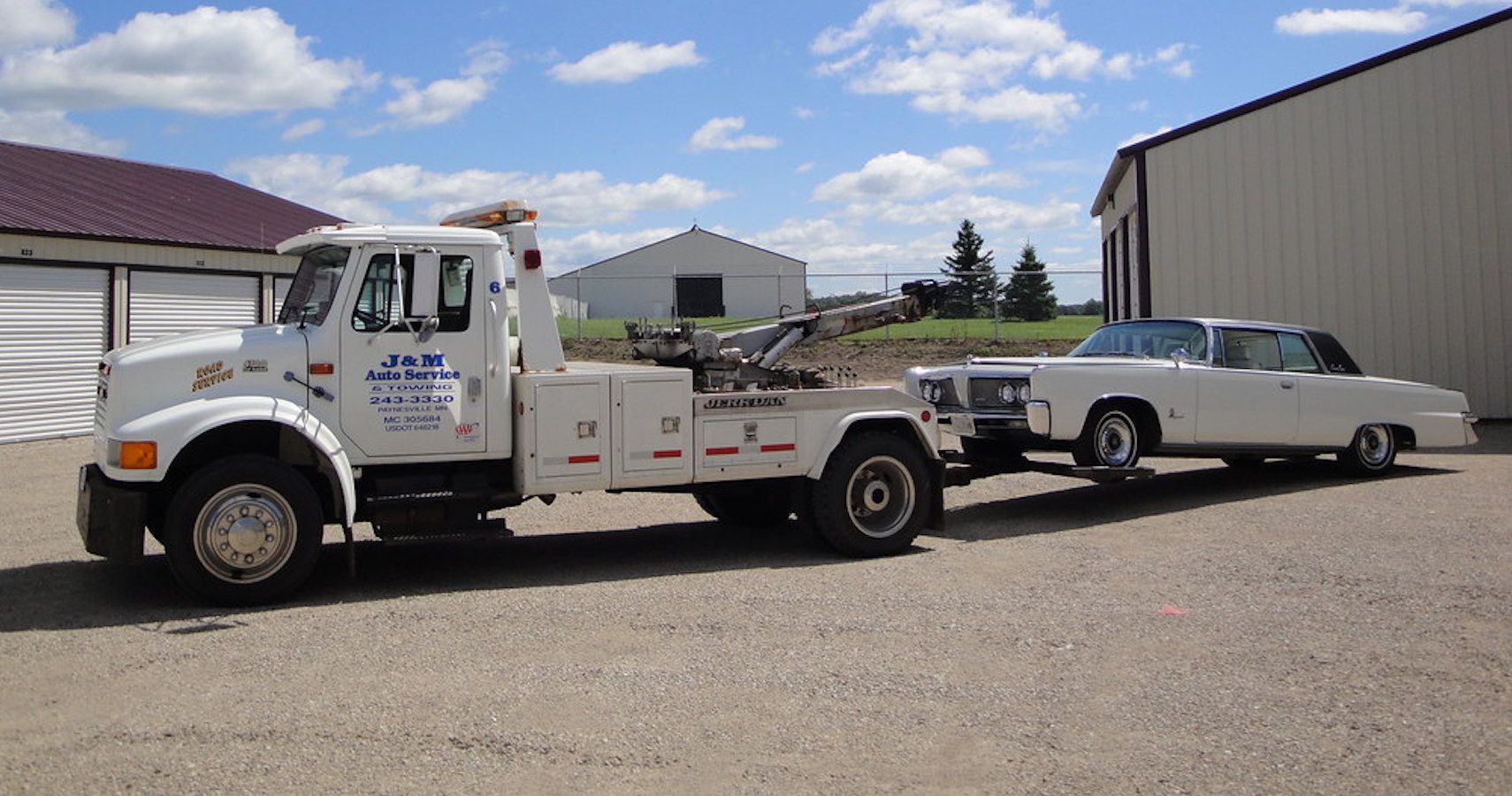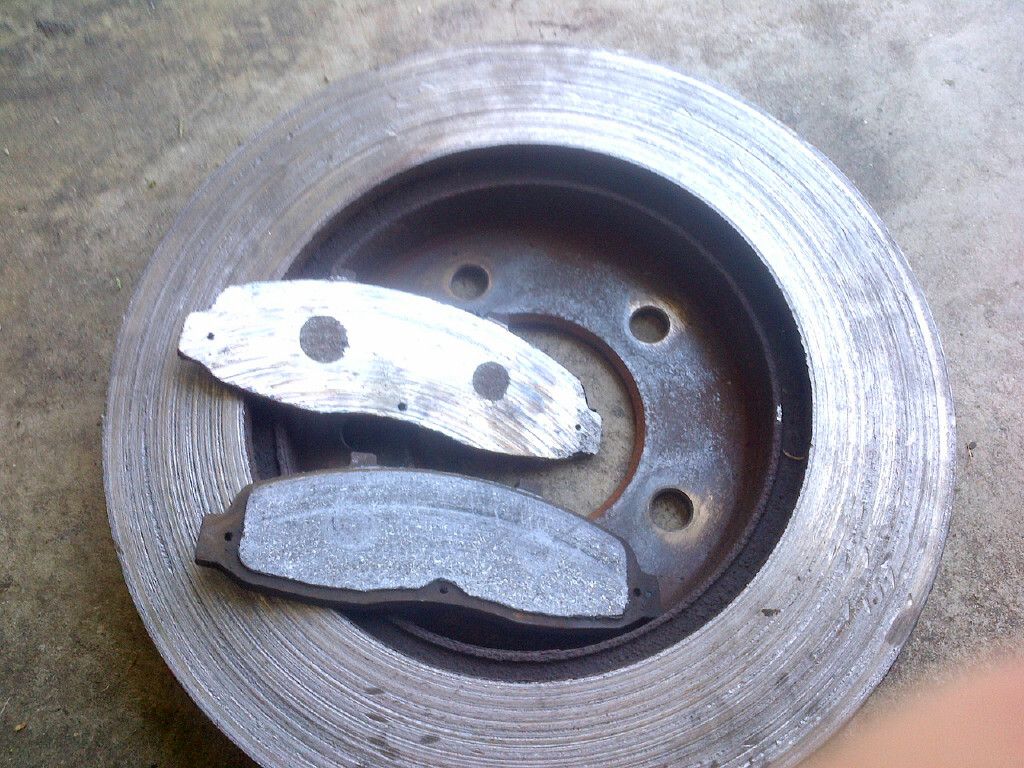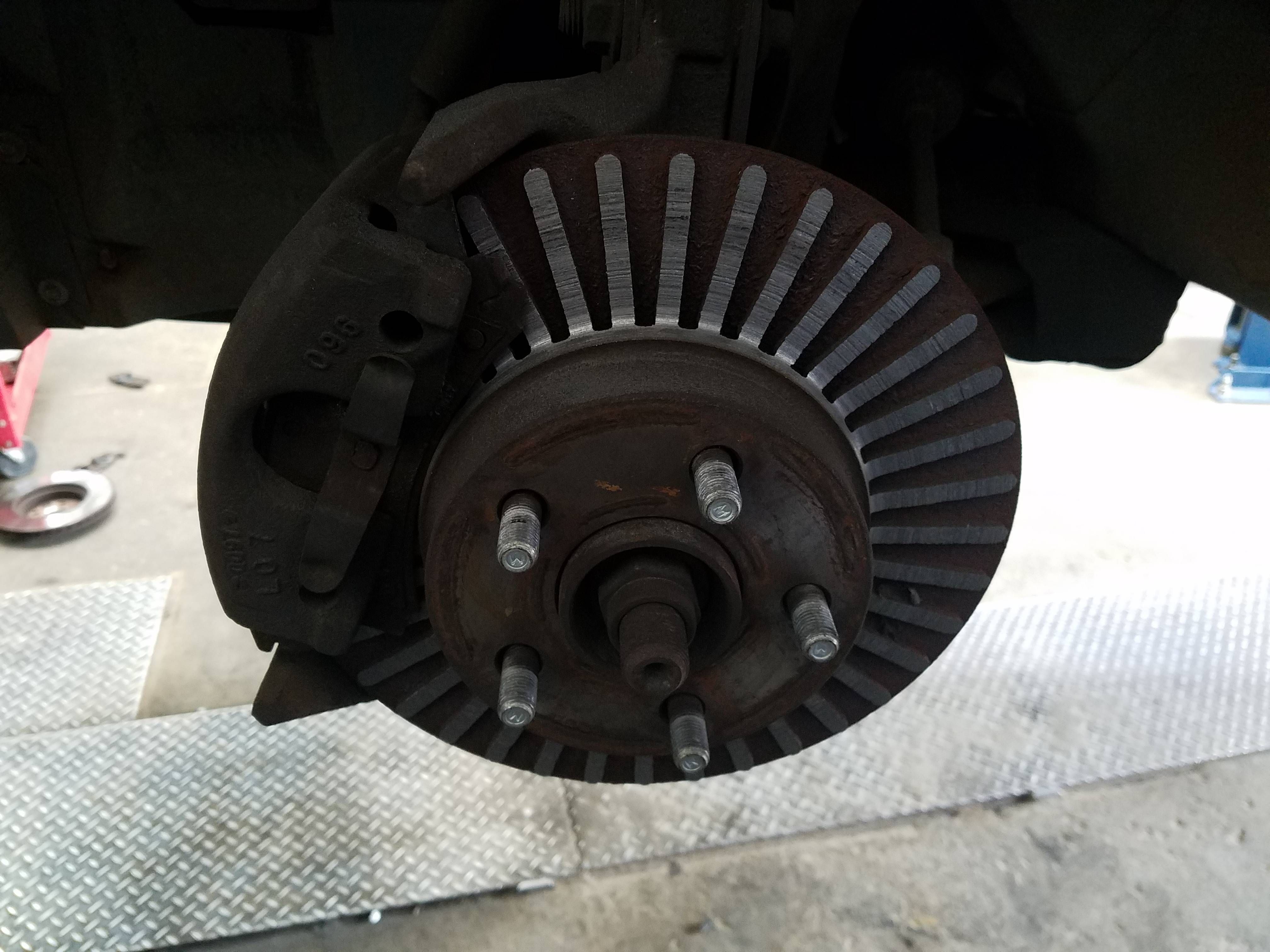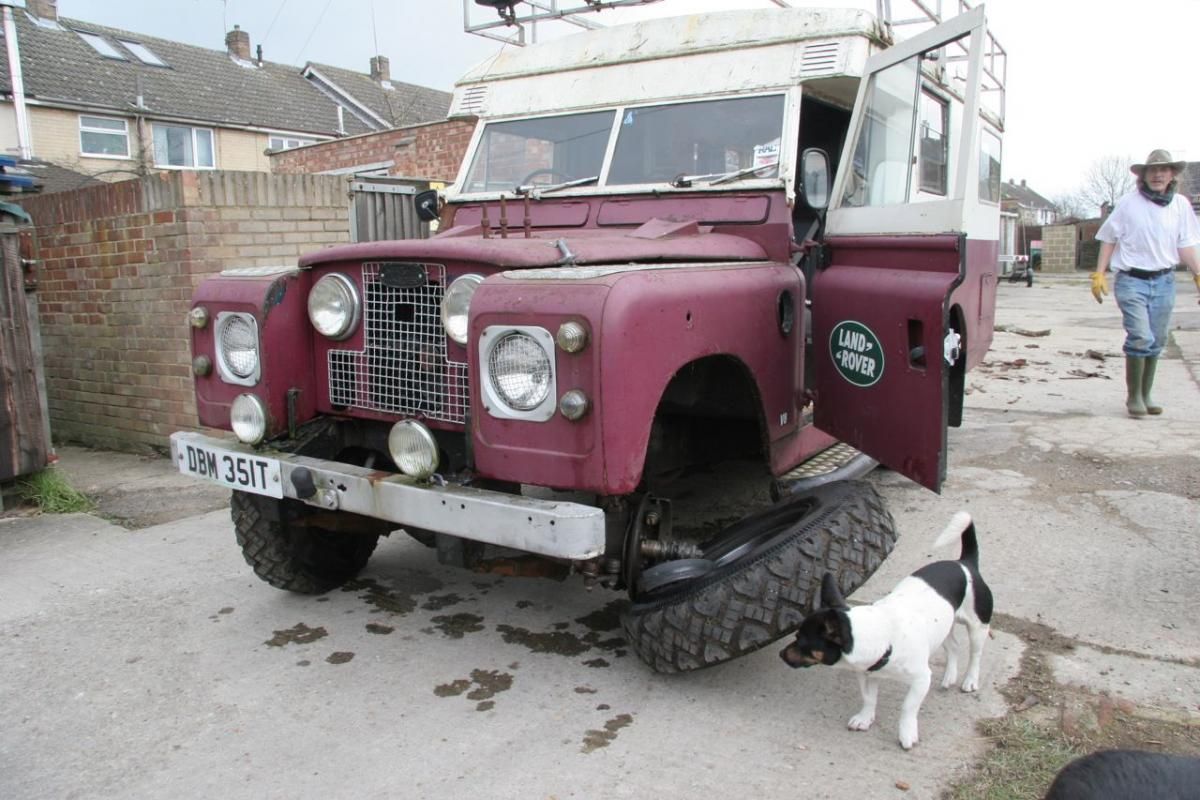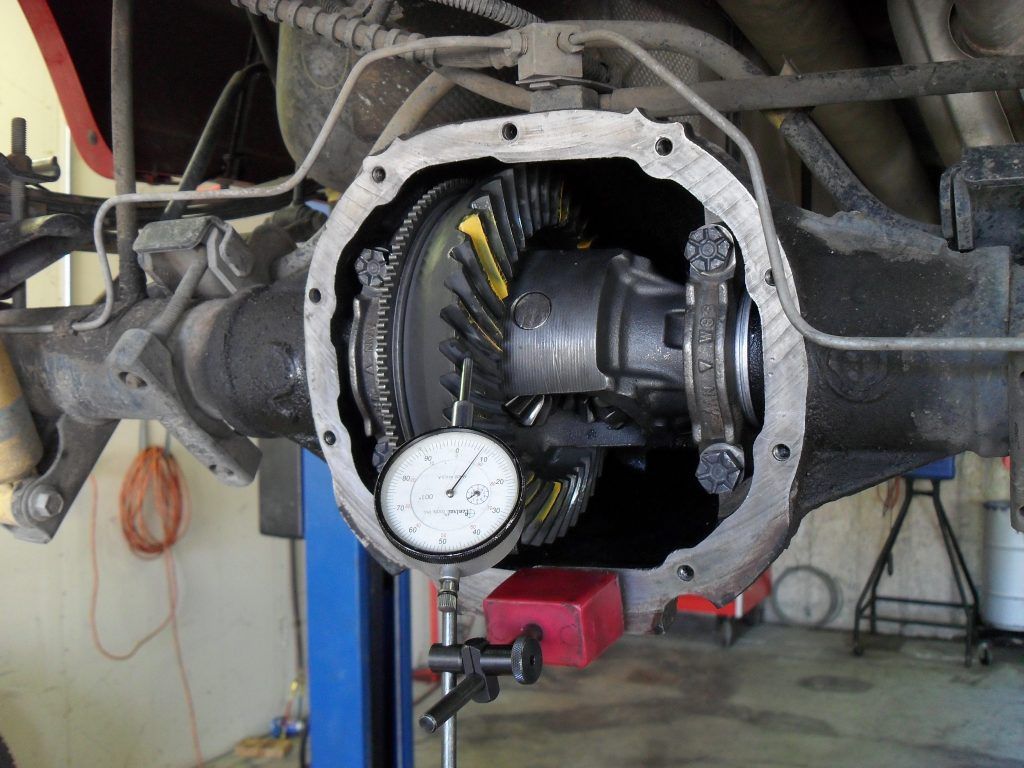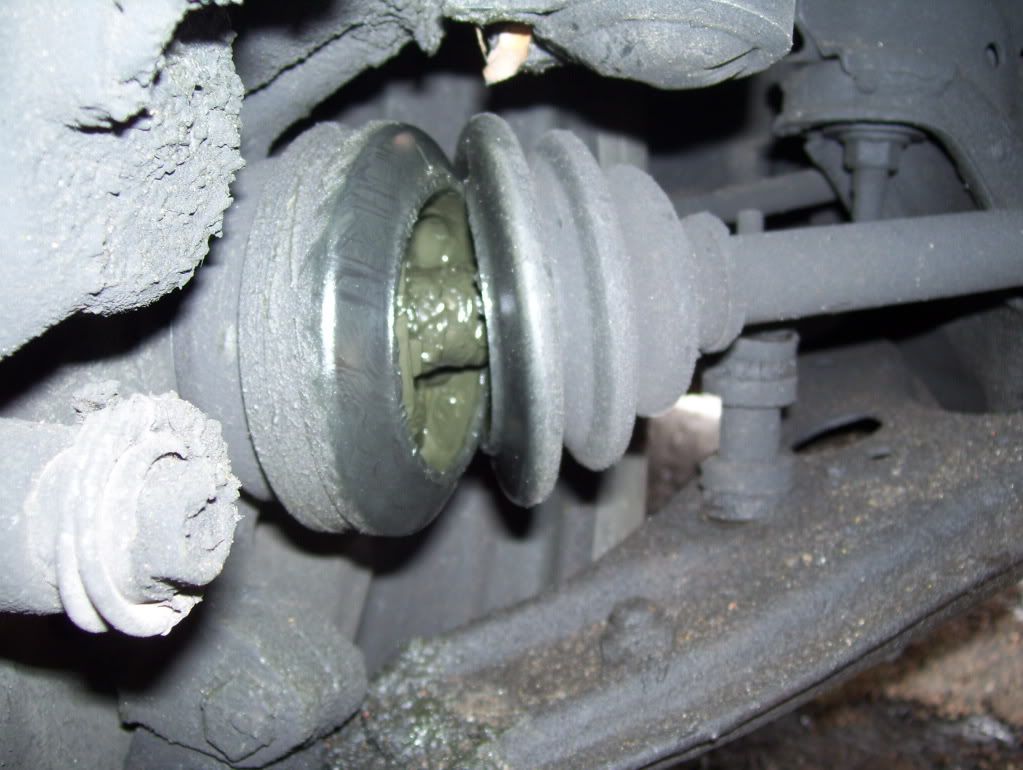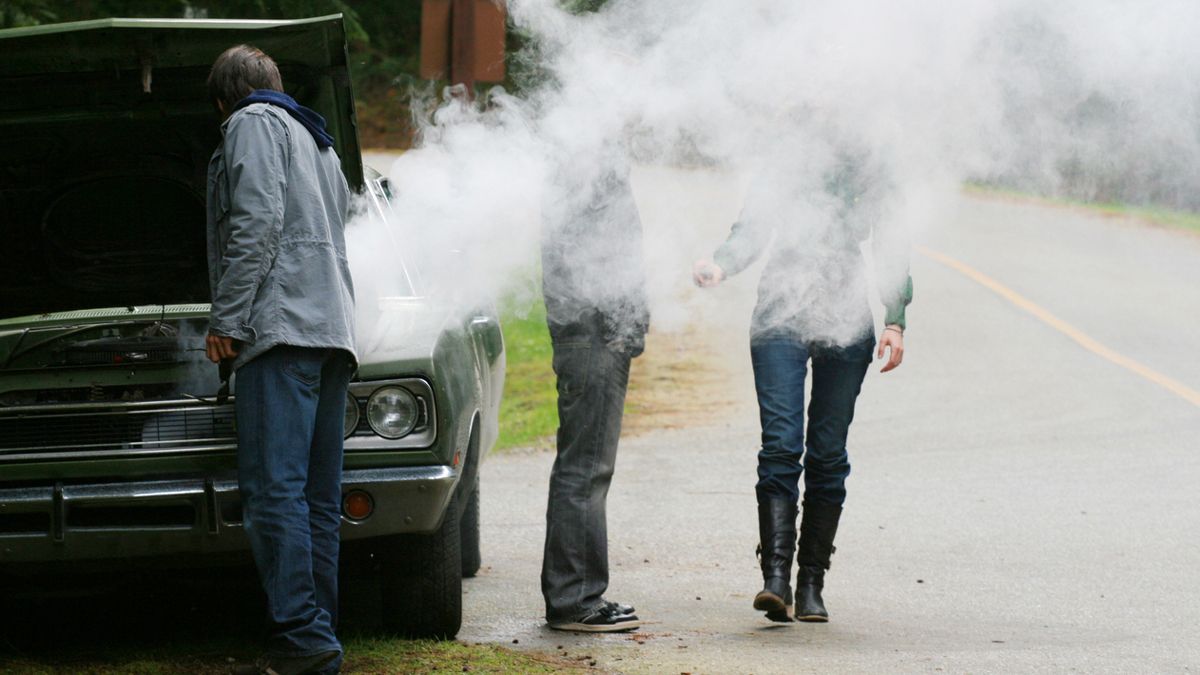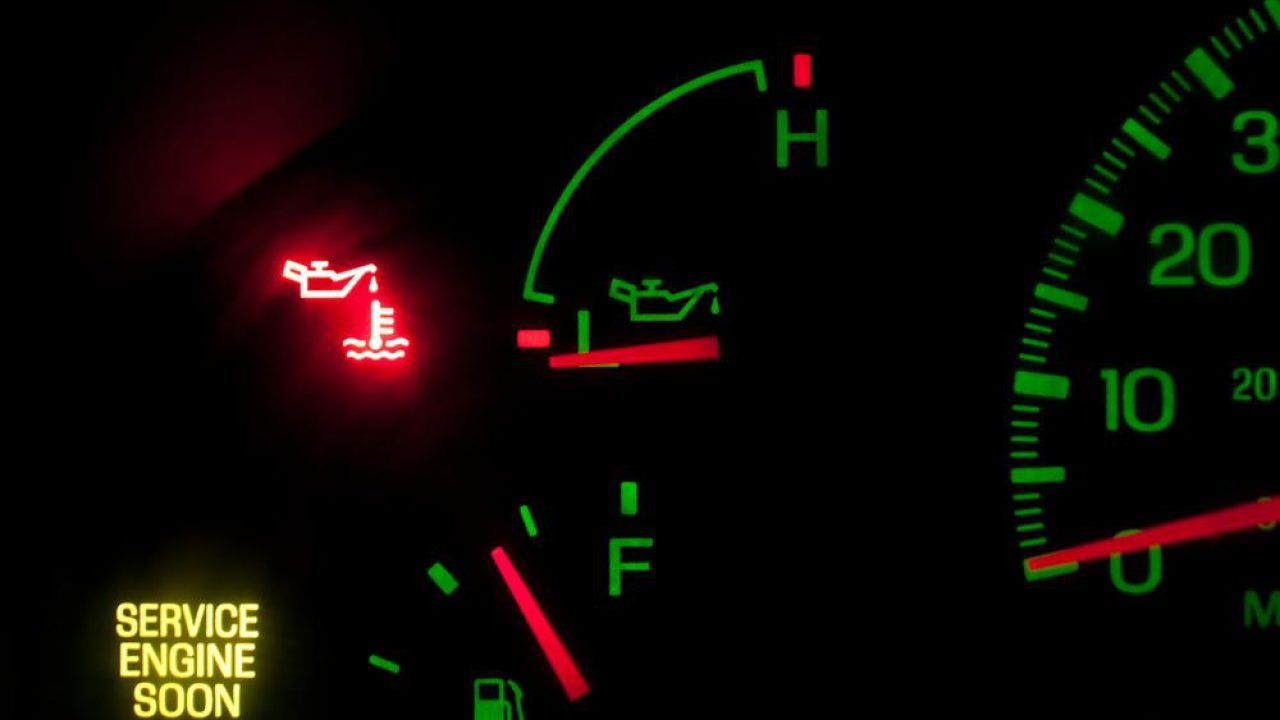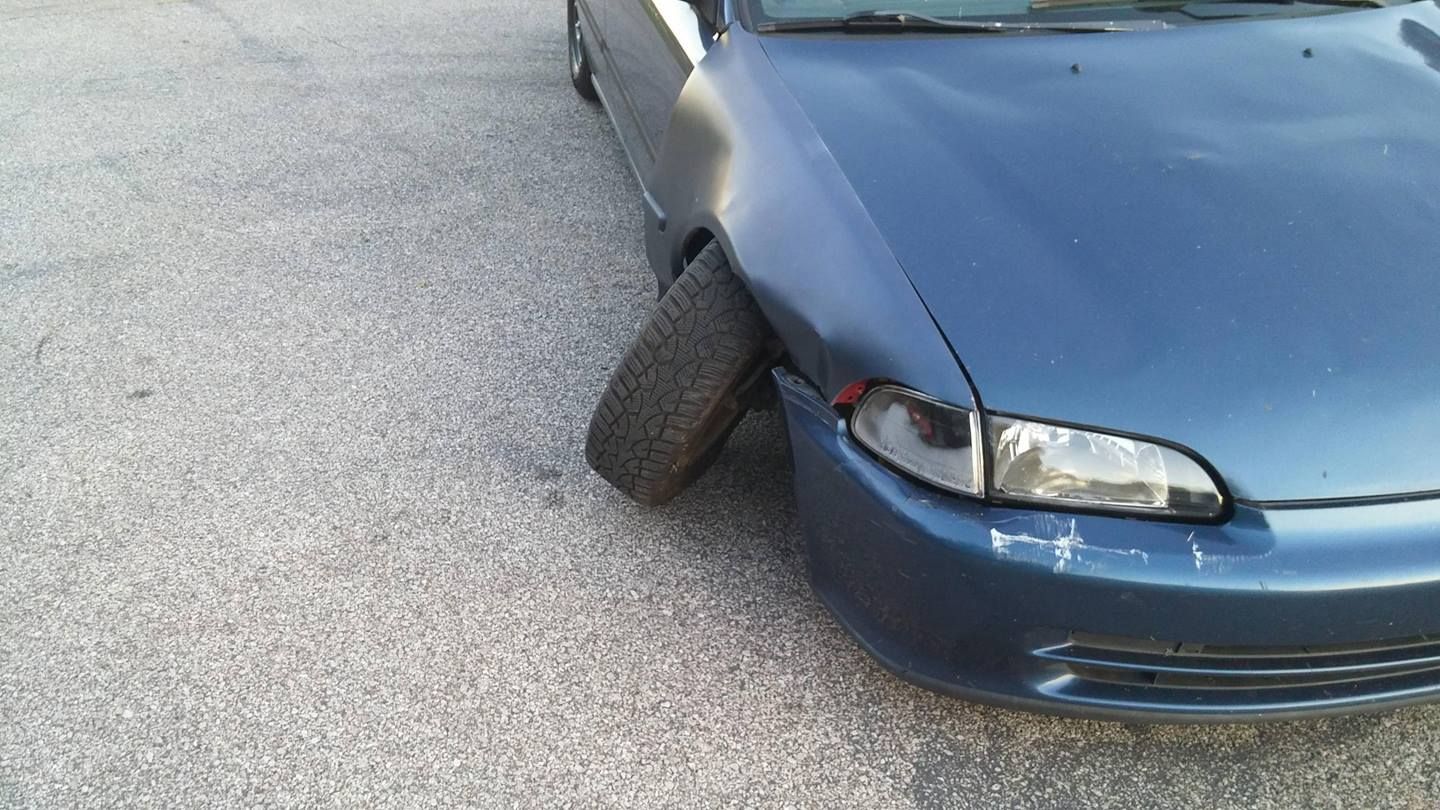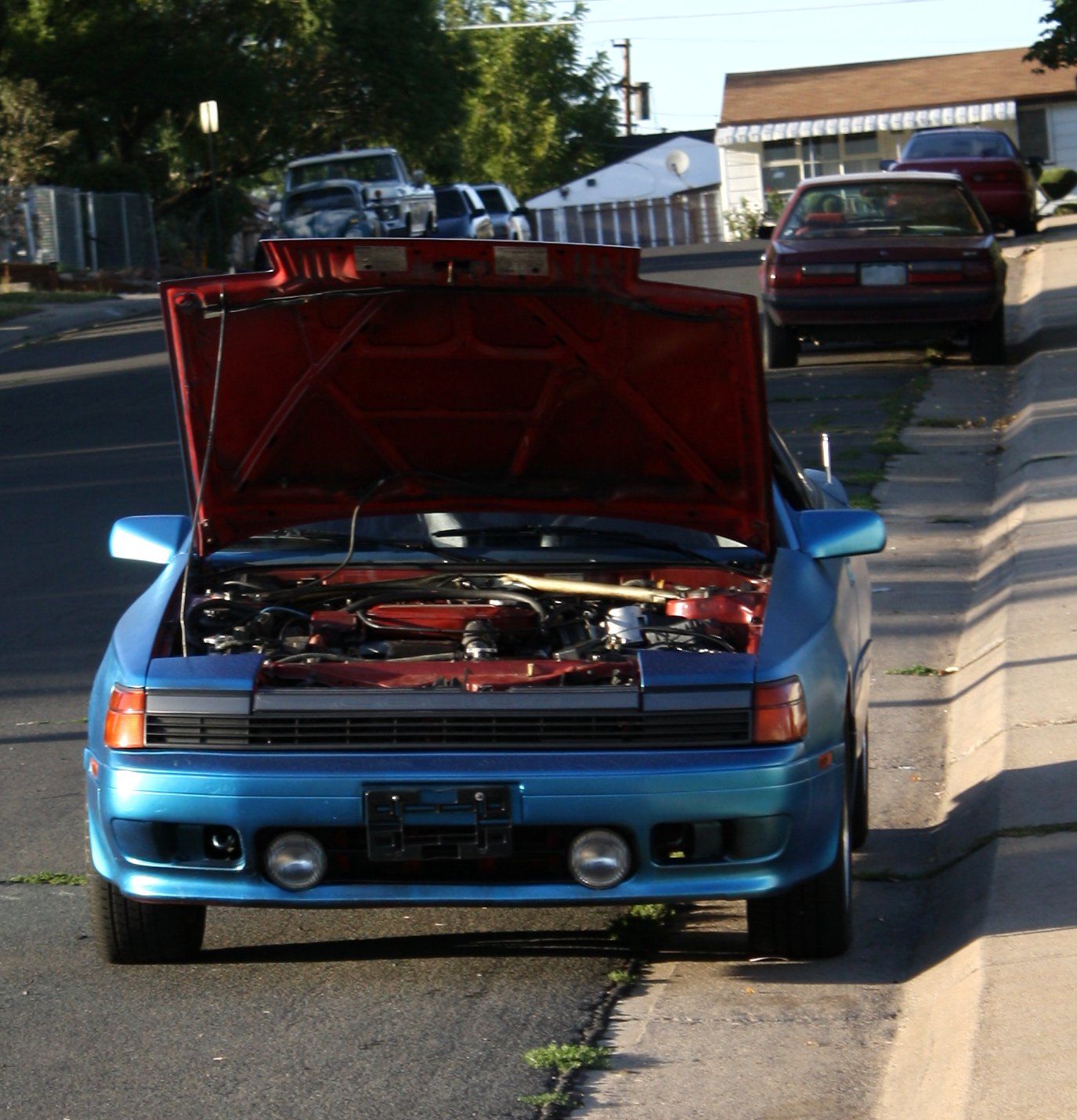News flash: cars make noise! But there’s a difference between the mechanical meshing of gears paired with a growly exhaust note that comes with blipping the throttle, and a screeching, clanking or banging. A big difference. So let’s review some noises you definitely don’t want to hear but shouldn’t ignore if you do, because they’re trying to tell you something important.
With these 10 sounds, the sooner you recognize them and get them fixed, the better off you’ll be. You’ll either minimize the cost by catching it before something else gets damaged, or maybe save yourself a breakdown – and all the annoyances that come with it. Ready? Noises-on!
10 Squealing
Everyone knows this sound. If you hit the brakes and get a loud squeal in return, chances are your brake pads need to be replaced. There’s a bit of metal embedded deep in the pad that gets uncovered when they’re near the end of their life. That metal rubs against the brake rotor to make the squealing noise and alert you that it’s time for a brake job.
If you ignore the squeal, it will go away. But it’ll be replaced by a more expensive noise which you can read about just below.
Cost: $$
9 Grinding
Whoops! You waited too long and now the pads have worn away to the backing plate which is scoring the rotor every time you brake. That’s what’s causing that cringy grinding noise.
Now you need to get your car to a mechanic right away. Going is optional, but stopping isn’t – and your car has seriously compromised brakes. But don’t fear, because unless you let the grinding go (and you never would because it’s really, really dangerous) you’re only looking at new pads and rotors, which depending on how many miles you have on the car, might have been needed anyway. But seriously, don’t let it get to this point. Get your brakes taken care as soon as they start squealing.
Cost $$$
8 Roaring
Let’s say you’re driving down the road and hear a roaring sound that changes as your speed does, or momentarily goes away if you swerve back and forth. That noise is telling you there’s a bad wheel bearing.
The wheel bearing is the piece that allows the wheels to rotate against the rest of the car that’s fixed in place, so it’s pretty important. It’s also important to change a bad wheel bearing right away because it can quickly go from an annoying sound to an unsafe situation by breaking down enough that the wheel starts flopping around. Yikes, right?
Cost: $$$
7 Other Roaring
If you drive an AWD or RWD car and are getting a noise from the back that only seems to start above 20 miles an hour and doesn’t change if you swerve back and forth, it’s time to get the rear differential checked out. You likely have a bad ring and pinion. What is the ring and pinion, you ask? It’s the bit that takes the spinning motion of the driveshaft and turns it 90° to make the wheels turn. No ring and pinion, no go. No, really.
Ever hear of people putting sawdust in differentials? They’re trying to mask the telltale noise of this problem because fixing it is expensive. Fortunately, it’s also a pretty rare.
Cost: $$$ - $$$$
6 Clacking
If you drive an AWD or FWD car and you hear a clacking noise during low-speed turns, the CV joint (constant velocity joint) is going bad. The CV joint transfers power from the transmission to the front wheels to make the car go. But since the front wheel do the steering, it can’t be a rigid connection or the car would only go straight. And it’s the joint that’s the problem.
The most common reason CV joints start making noise is the rubber boot covering them splits open, flinging grease all over the suspension and letting dirt inside. The dirt gets into the joint, causes damage, and before you know it you’re hearing clack-clack-clack on every low-speed turn. Sigh.
Cost: $$$
5 Hissing
Hissing from under the hood means a coolant leak. The cooling system is pressurized to raise the boiling temperature of the antifreeze and keep it from flashing to steam, which wouldn’t do anything to keep the engine cool. But pressure also forces coolant to shoot out of any opening given the slightest opportunity. That’s what causes the noise.
Since coolant is hot when the engine is running (which is when you get a stream coming out), the hissing will probably be accompanied by steam, which makes it easy to be sure of the diagnosis. The only question is whether it’s the radiator cap (cheap), a hose (not quite as cheap), the radiator (expensive) or the head gasket (hope you’re sitting down).
Cost: $ - $$$$
4 Tapping
If your engine makes a tapping sound, there are two possible causes. Low oil or valves that need adjustment. Low oil is obviously a cheap, easy fix – just add some! But don’t wait too long because an engine that’s making noise from low oil levels is already on the way to permanent damage such as scored cylinders or, worst-case scenario, seizing up.
Valve adjustment is much more expensive that adding oil, but less critical to address immediately because valve clatter is unlikely to cause damage quickly. It does involve removing valve covers and changing shims, though, so it’ll take a competent mechanic a few hours to correct. On the upside, your engine will probably run more smoothly and have more power after the valves are working correctly again.
Cost: $ - $$$
3 Rattling
Getting a rattle from the front end over bumps and your car is a little wandery on the road? It’s control arm time! These metal arms that hold the wheel assembly in position use rubber bushings to absorb imperfections in the road and reduce noise and harshness in the ride. But over time, the bushings wear out allowing metal-on-metal contact. That’s what’s making the noise.
The wandering happens because those worn-out bushings are allowing the front wheels to shift around as you drive, instead of being held in place. Control arms aren’t super expensive, but it takes a fair amount of work to get them in and out, so this repair can be pricey.
Cost: $$$
2 Stuttering (and a flashing CEL)
A steady Check Engine Light (CEL) means you have an emissions issue and should get it checked out, but don’t have to stop driving immediately. A flashing CEL, stuttering engine and loss of power, however, means you have coil pack issues and should pull over and stop the engine immediately. Why? Because if a coil pack isn’t firing, unburnt fuel is being passed into the catalytic converter and can break it – or even start a fire.
Since catalytic converters can cost thousands of dollars to replace and are required by law, you really don’t want to risk damaging them. Unless you have money (and a car) to burn.
Cost: $$ - $$$$$
1 Whining
If you’re getting a constant whining noise even when the kids aren’t in the car, one or more engine belt is too tight. While a too-tight belt isn’t normally an imminent failure kind of noise, you should get it looked at right away.
Retensioning serpentine or fan belts is pretty quick and easy, so shouldn’t cost much. But driving with over-tightened belts can damage the accessories run by that belt. If you need to replace your alternator, power steering pump or A/C compressor just ‘cause you couldn’t be bothered to get the belt retensioned correctly, you might want to reconsider whether car ownership is right for you.
Cost: $ - $$$$

